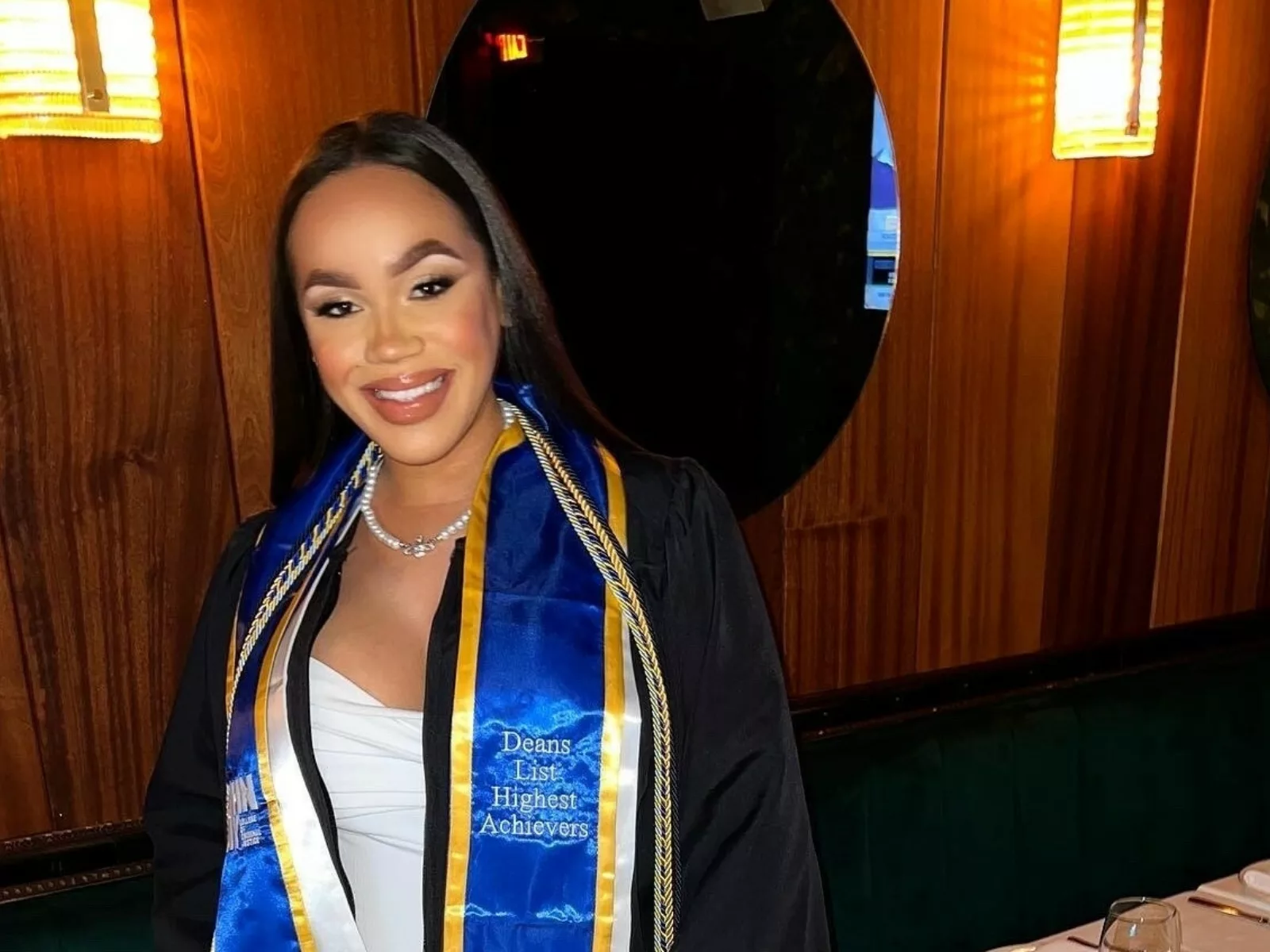Grant Recipient: University of North Carolina at Greensboro
Term: 2018 –2024
Principal Investigators: Julie Edmunds, Ph.D., University of North Carolina at Greensboro
Fatih Unlu, Ph.D., RAND Corporation
Elizabeth Glennie, Ph.D., RTI International
Summary: This project is a long-term follow-up of a randomized controlled trial (RCT) of North Carolina’s Early College High Schools – a high school educational intervention backed by promising initial evidence of effects on postsecondary degree attainment. The state’s Early College High Schools are typically located on college campuses and seek to enroll high school students who are underrepresented in college (e.g., would-be first generation college students, racial and ethnic minorities, low-income students). Most of the Early College High Schools are designed so that students graduate high school in five years with two years of transferable college credit or an associate’s degree.
Between 2005 and 2010, 4,054 students applied to one of 19 over-subscribed Early College High Schools in North Carolina, and were randomly assigned via lottery to either a treatment group that was admitted to an Early College High School or to a control group that was not admitted. The study was well-conducted, and the study team recently published six-year follow-up findings (i.e., one year after scheduled high school graduation for the treatment group and two years after scheduled high school graduation for the control group). The study found that the Early College High Schools produced sizable, statistically significant impacts on the likelihood of ever enrolling in postsecondary education, and the likelihood of attaining a postsecondary credential (usually an associate’s degree).
Under this project, the researchers will extend follow-up using data from the National Student Clearinghouse to determine whether the Early College High Schools produce impacts on bachelor’s degree completion 10 years after random assignment. The researchers will also use administrative records to determine whether the Early College High Schools produce downstream impacts on employment and earnings 12 years after random assignment. Finally, they will conduct a cost analysis of the intervention.














